So you want to go to an ashram in Rishikesh
The light had not broken over the surrounding hillsides, but the morning gong sounded — a sharp buzzing sound that roused Emily and me from deep sleep. “I guess that answers the question of whether we need to set an alarm,” I mumbled in Emily’s direction as we rose sluggishly from our beds.
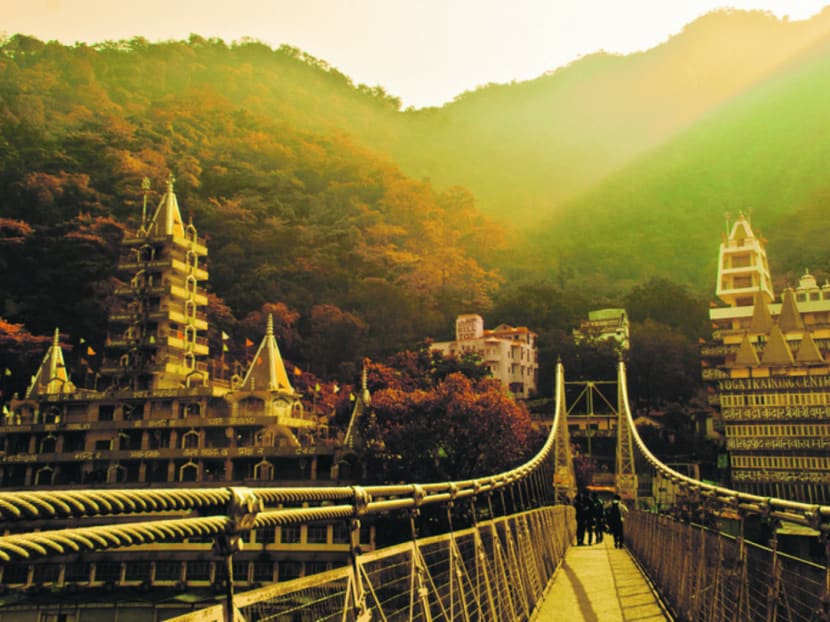
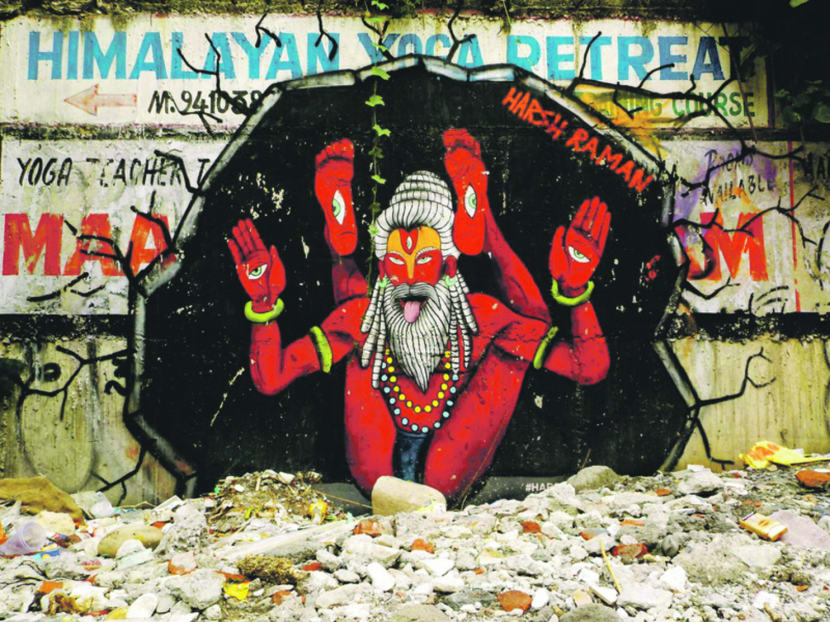
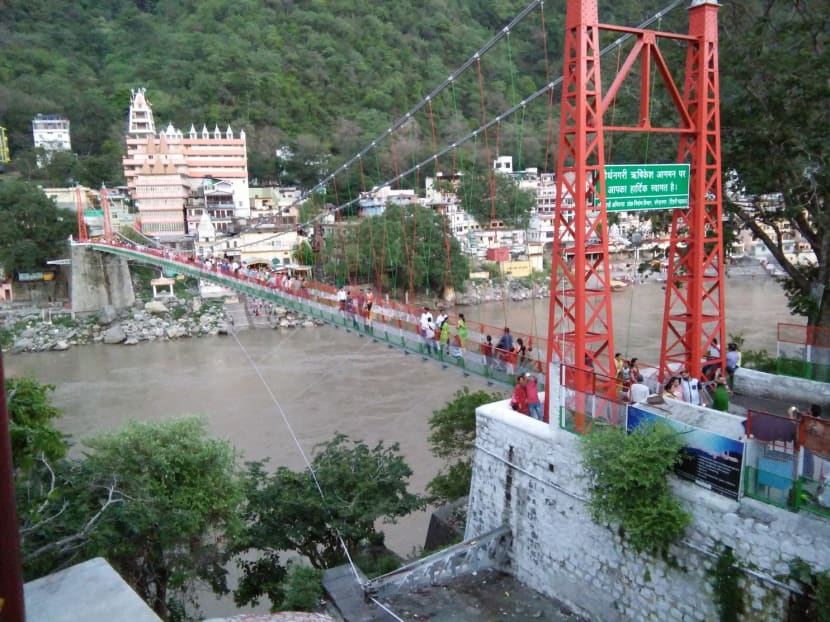
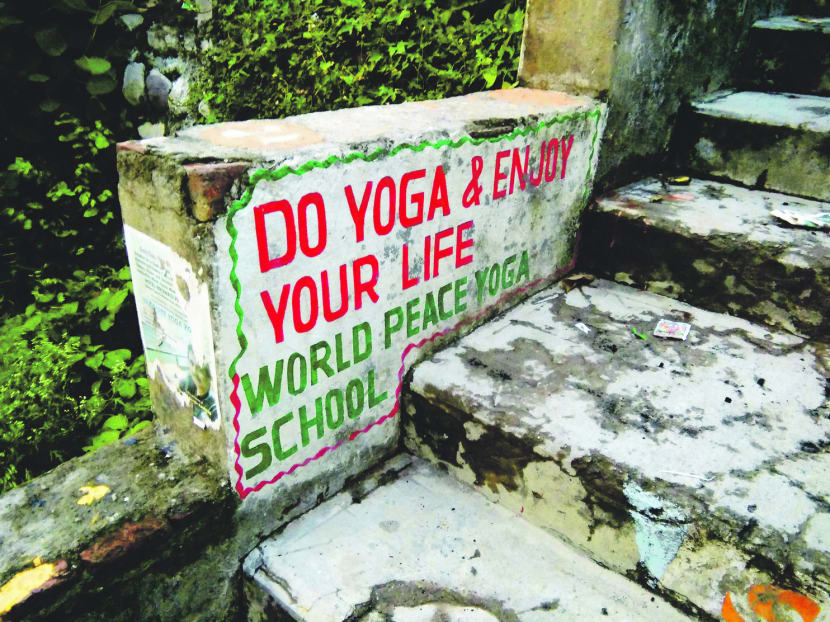
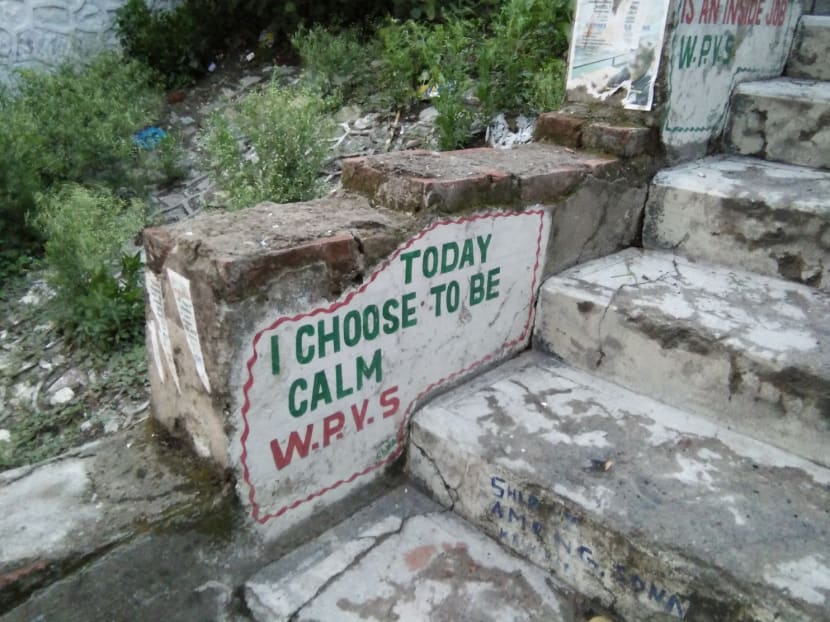
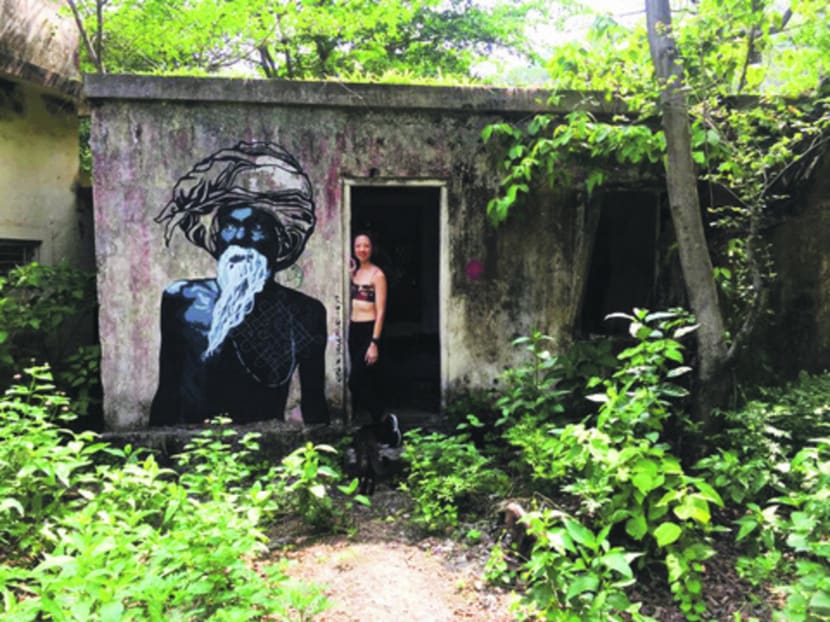
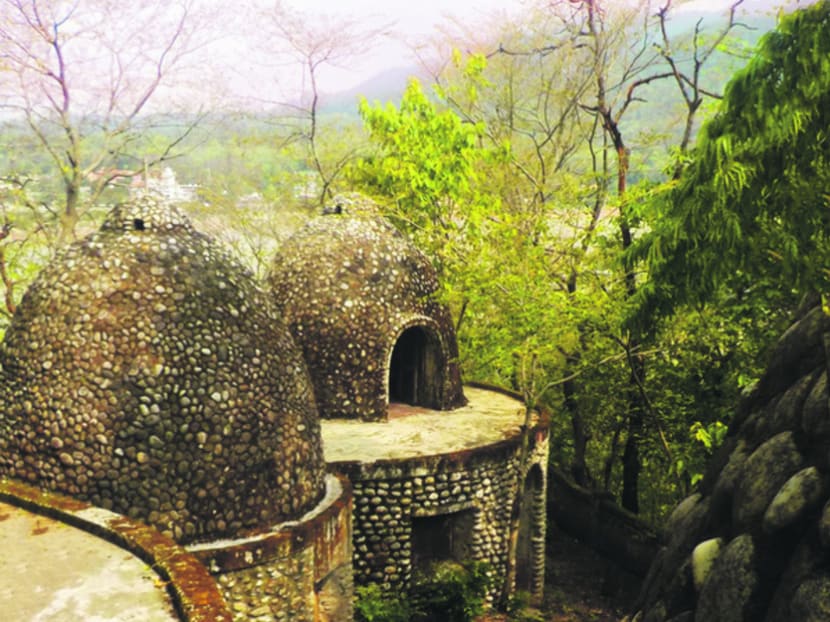
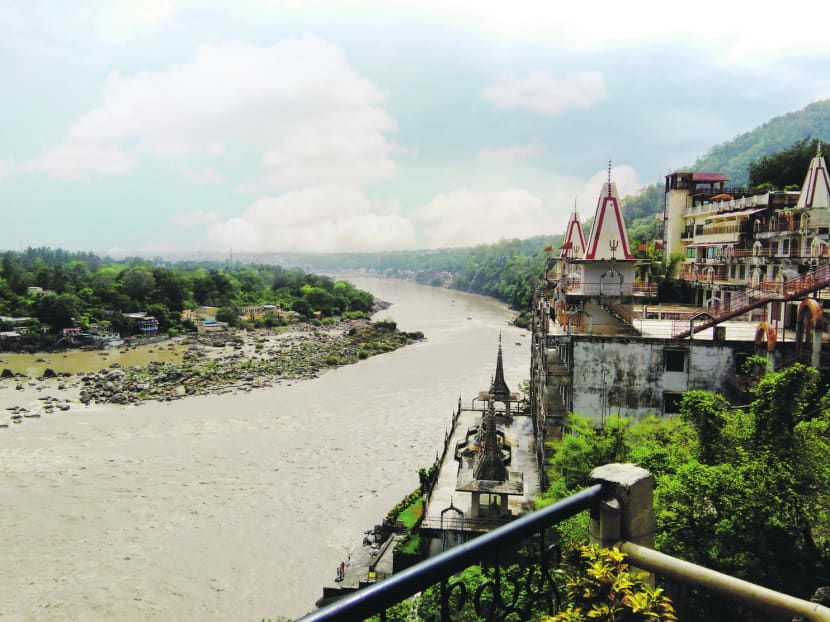
The light had not broken over the surrounding hillsides, but the morning gong sounded — a sharp buzzing sound that roused Emily and me from deep sleep. “I guess that answers the question of whether we need to set an alarm,” I mumbled in Emily’s direction as we rose sluggishly from our beds.
It was 5am, and wake-up time. We sensed movement in the hallways — the sounds of other yogis and ashram visitors on their way to the rooftop or the yoga room, where each person will begin a personal morning meditation. We were in Anand Prakash Ashram in Rishikesh, India, where we have — for the fee of US$12 (S$16.40) per person, per night — dedicated ourselves to a daily ritual of meditation and yoga.
The day begins before sunrise, when everyone is encouraged to start with an hour-long meditation before yoga class. My friend, Emily, and I gathered our things and climbed from our first-floor, basic room (with, thankfully, a running toilet although one must buy one’s own toilet paper) to the top level where we rolled out yoga mats and settled into Lotus position. We inhaled and exhaled, and, facing the greenery that the ashram overlooks, began to meditate in silence.
JOURNEY OF SILENCE
It has taken us three days to make it to the ashram. We visited Rishikesh in June, when the monsoon season had just begun to take hold. In monsoon season, many ashrams close either for renovations, or just for a break as the rains arrive. Anand Prakash (opened by Canadians and once known as the “five-star” ashram in this district) was fully booked. We only managed to score ourselves a space either because one room became available unexpectedly, or because we had shown up three days in a row to enquire whether there was a room for us. We never found out which was the real reason, but our insistence upon ashram living must have struck a chord with the gatekeepers.
It was hot then — many websites, we learnt later, recommend visiting Rishikesh, located at the foothills of the Himalayas, during the spring and autumn seasons when it’s cooler (avoid winter, when woolen clothing is required and hot water not always a given) — but in the cool of the morning, a fresh breeze gusts over the rooftop.
The morning meditation is observed in many ashrams, including the Kriya Yoga centre, which Emily and I visited just a day prior to entering Anand Prakash. There, we had meditated in the wonderful darkened hall built solely for meditation purposes.
GETTING ACQUAINTED
“Rishi” means “saint” or “sage”, and for centuries, Rishikesh has been a visiting place for those seeking higher knowledge. The town serves no meat and hosts international yoga festivals. It is known as the yoga capital of India and features in various myths and stories. “Rishi” also means “seeker”, and Emily and I came on a pilgrimage of sorts to see what we could find.
The town was busier than we had anticipated. Life abounded everywhere, despite it being the off-season. We jostled with men pulling carts, cows, scooters, and people with sacks of potatoes on their heads as we crossed the Ram Jhula and Lakshman Jhula suspension bridges, which sway over the Ganges River.
We fought our way through the markets of Lakshman Jhula — being careful not to step on cow dung and dodging flies and other tourists — in order to get to Parmath Niketan, where fire ceremonies famously take place in the evenings and where we found a highly recommended Ayurvedic clinic.
In what was a shock to the system, Rishikesh proved hectic — a surprise since we were told, prior to our trip, that it would be peaceful. But we fell in love with the chaos over the next few days, thanks to the grace of the people of the storied town. Shop owners would stop and tell us of our Vedic astrology charts, wanting nothing in return. Healers would stop mid-path to ask where we were going and if we knew the way. Booksellers wickedly joked that they had just minutes ago sold their last copy of Paramhansa Yogananda’s Autobiography Of A Yogi (prints of this famous spiritual classic are said to be second to only the Bible) — just to see the expressions on our faces.
We took several days to settle into Rishikesh even though we had done some research. Go with an open heart and an open mind, things would come to you. Just set your expectations for adventure and discovery, not via your computer or tablet beforehand. As we got our bearings, Emily and I found that there was a Patanjali Yoga Foundation, which takes boarders and follows a rigorous schedule. Meanwhile, Kriya yoga centre’s caretakers admonish the ignorant (me) for showing up in tank tops that bare the shoulders (always have a scarf handy to cover up, I learnt) but would lend a piece of fabric so that I could participate in the yoga classes or the meditation sessions. The Divine Life Society’s Sivananda ashram in Ram Jhula, just off the Ganges, is pristine and teaches authentic yoga in a peaceful setting.
OM SANTIH SANTIH SANTIH
Yoga classes, if you’re not part of an ashram, will cost RPS 200 (S$4) and up. If you’re staying in an ashram, classes are free but expect basic accommodation and to strictly adhere to their rules, including meal times. Anand Prakash, like many other ashrams, provided three healthy Ayurvedic vegetarian meals a day and observed silence from dinner till after breakfast.
Anand Prakash’s yoga classes — some are led by founder Yogishri Vishvketu (who has a PhD in yoga philosophy and has practised since age three) if he is in residence — are Hatha yoga ones. You might be led through a classical Vinyasa sequence or be put through more than an hour of sun salutations. Asana (posture), pranayama (breathing), meditation and chanting are all integral parts of the ashram’s teachings. The ashram offers teacher training programmes, and is well-known despite only being founded in 2007. However, when I visited, there was a distinct backpacker vibe. If you’re looking for a more serious experience, there are lots to choose from, but do some research before you go as it gets overwhelming once you’re there.
Rishikesh was also where Maharishi Mahesh Yogi, who famously taught meditation techniques to the Beatles, had an ashram located inside Rajaji National Park. The ashram, with its famous stone meditation pods, was previously abandoned but reopened to visitors last December. You pay a fee (RPS 600 for foreigners) for the privilege of wandering around the grounds where John Lennon, George Harrison, Ringo Starr and Paul McCartney escaped to in 1968. They and actress Mia Farrow, as well as her younger sister Prudence, had fled the attentions of the world to attend a Transcendental Meditation training session. There, they found inspiration for several songs recorded on their White Album, including Dear Prudence. By Lennon’s account, the girl was so taken with meditation that he begged her, in song, to “open up your eyes” and “see the sunny skies”.
This Beatles ashram and the Parmath Niketan ashram (where extremely sound Ayurvedic treatments are to be had), are must-visits if you’re in Rishikesh. Go at 9am when doors open so your time there is quiet and the ashram not overrun with other visitors. There, you’ll also find artwork by pop artist Pan Trinity Das, who left some of his spiritually inspired graffiti on the walls at the ashram in 2012.
On the way to the ashram, we were stopped by an Indian yoga teacher on a bicycle. He stopped to chat and to make sure we were not lost. “How is your trip here?” he asked, exuding an easy, quiet energy as he spoke. Not what we expected, we answered. Rishikesh is busy and crowded, although not so much as, say, Mumbai or Delhi, or even Varanasi along the Ganges. He touched his heart as he said: “The world outside, it will never change. But what’s inside ... That’s where it counts.”
His words echoed in my ears even after I returned to Singapore. Thanks to him, to the mala-makers and booksellers, to my Ayurvedic doctor and the people whose serene gaze I met as I passed them by, I remember Rishikesh. And a piece of it stays with me as I navigate my way back at home.





